BA "Happiness Blanket": Does it actually work?
We see whether a blanket really is capable of measuring your mood

Last week, I was invited (along with several other journalists) aboard the British Airways 787 Dreamliner as a volunteer for the airline's "Happiness Blanket" experiment.
This required us to wear a mood-monitoring headset, equipped with neuro-sensors, that - via a Bluetooth connection - notified a fibre optic blanket about how we were feeling during the flight. In response, the blanket would turn blue (to indicate contentment) or red (suggesting anxiousness).
On board, we were treated to the whole Business Class (or Club World, as British Airways calls it) experience, including champagne on arrival, a full three-course dinner menu and the option to fold down our seats into a flat bed should we wish during the flight.
I've only ever flown economy class before, and consider any meal I haven't had to cook myself a luxury, so I was expecting my blanket to remain blue for much of the flight.
Head testing
The brainwave-monitoring headset took a few minutes to fit comfortably on my head, as it required participants to wear an earpiece. Unfortunately, that kept falling out, preventing the headset from communicating my feelings to the blanket. Not a sentence I ever throught I'd write, to be fair.
Once that was sorted, my blanket started glowing purple almost straightaway. I interpreted this as halfway between red and blue, suggesting I was neither anxious nor contented during this time.
Get the ITPro daily newsletter
Sign up today and you will receive a free copy of our Future Focus 2025 report - the leading guidance on AI, cybersecurity and other IT challenges as per 700+ senior executives
That's hardly surprising, though, as I spent most of the first hour of the experiment worried the headset might stop working, given the initial teething problems encountered, and the fact I felt rather self-conscious wearing it.
Particularly, given the funny looks the passenger next door shot me when he clocked my headband, and the fact my flight blanket was glowing purple.
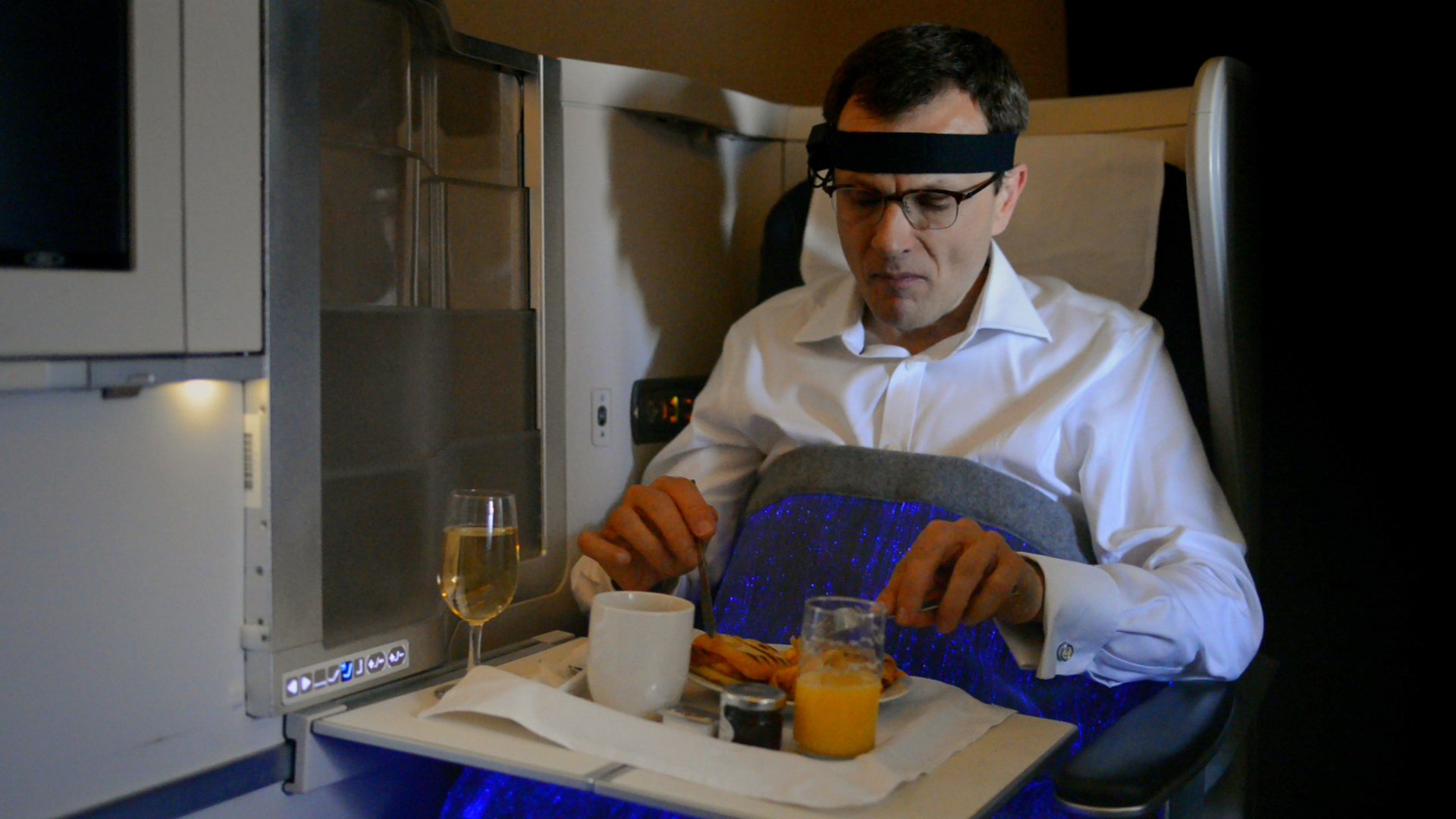
After a while, I got into the swing of things, and the blanket's colour slowly darkened to a blue, particularly during dinner time and while watching comedy shows, such as Friends and HBO's Silicon Valley (well, I am a technology journalist).
During our pre-flight briefing about the blankets and how they worked, we were told eating cheese during the flight had prompted the blankets to turn red during previous trials of the technology.
Unfortunately, despite opting for the cheese course as my post-dinner snack, I did not witness a similar reaction. In fact, there were only two occasions where I clocked my blanket turning red.
The first was while debating, as I was in the middle seat, which one of my sleeping travelling companions I should disturb so I could go to the bathroom. The second was during the harrowing jabberjay scene (no spoilers!) in The Hunger Games 2.
On the whole, I'd say the pre-dominant colour during the whole experiment was purple-blue. So based on what British Airways hopes to achieve with the blankets this suggests they're getting things right in business class, in terms of their service offerings.
Although, it would be interesting to see if participants that are perhaps more blas and used to flying first or business class would fare differently, rather than someone like me who's just happy to be out of the house.
British Airways said they are also planning to trial the blanket with economy class passengers. Insights into how content or anxious people on long-haul flights are when they're not treated to the trappings and comforts of business class would be worth observing. Particularly as the vast majority of passengers on-board will be sat in this class.
Seeing how the reactions of passengers on short-haul and long-haul flights differs would be another experience worth investigating, as they are likely to have different expectations about how they are treated while in the air.
Looking ahead
At the moment, British Airways said the deployment of these blankets will be limited to assessing the reactions of selected passengers to different in-flight services, but it's not difficult to see how it could be adapted in other ways while on board.
For instance, the technology could be used by cabin crew members to look out for passengers that might not be having the time of their life while in the air, and pre-empt any potential upsets by lavishing them with extra attention.
Although, not every passenger is probably going to want to (a) wear a headset for the duration of their flight, and (b) want their feelings broadcast to the rest of the cabin. But, instead of a conspicuous blanket, the sensors could be connected to subtle LED lights above where the passenger is sitting, for example.
-
 Should AI PCs be part of your next hardware refresh?
Should AI PCs be part of your next hardware refresh?AI PCs are fast becoming a business staple and a surefire way to future-proof your business
By Bobby Hellard
-
 Westcon-Comstor and Vectra AI launch brace of new channel initiatives
Westcon-Comstor and Vectra AI launch brace of new channel initiativesNews Westcon-Comstor and Vectra AI have announced the launch of two new channel growth initiatives focused on the managed security service provider (MSSP) space and AWS Marketplace.
By Daniel Todd
-
 ZINFI updates PRM platform to meet hybrid workforces’ needs
ZINFI updates PRM platform to meet hybrid workforces’ needsNews New features connect widely dispersed, multilingual business teams
By Praharsha Anand
-
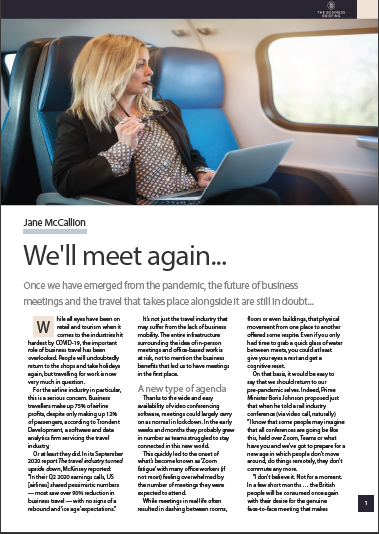 We'll meet again: The future of business meetings and travel are still in doubt
We'll meet again: The future of business meetings and travel are still in doubtWhitepapers Sample our exclusive Business Briefing content
By ITPro
-
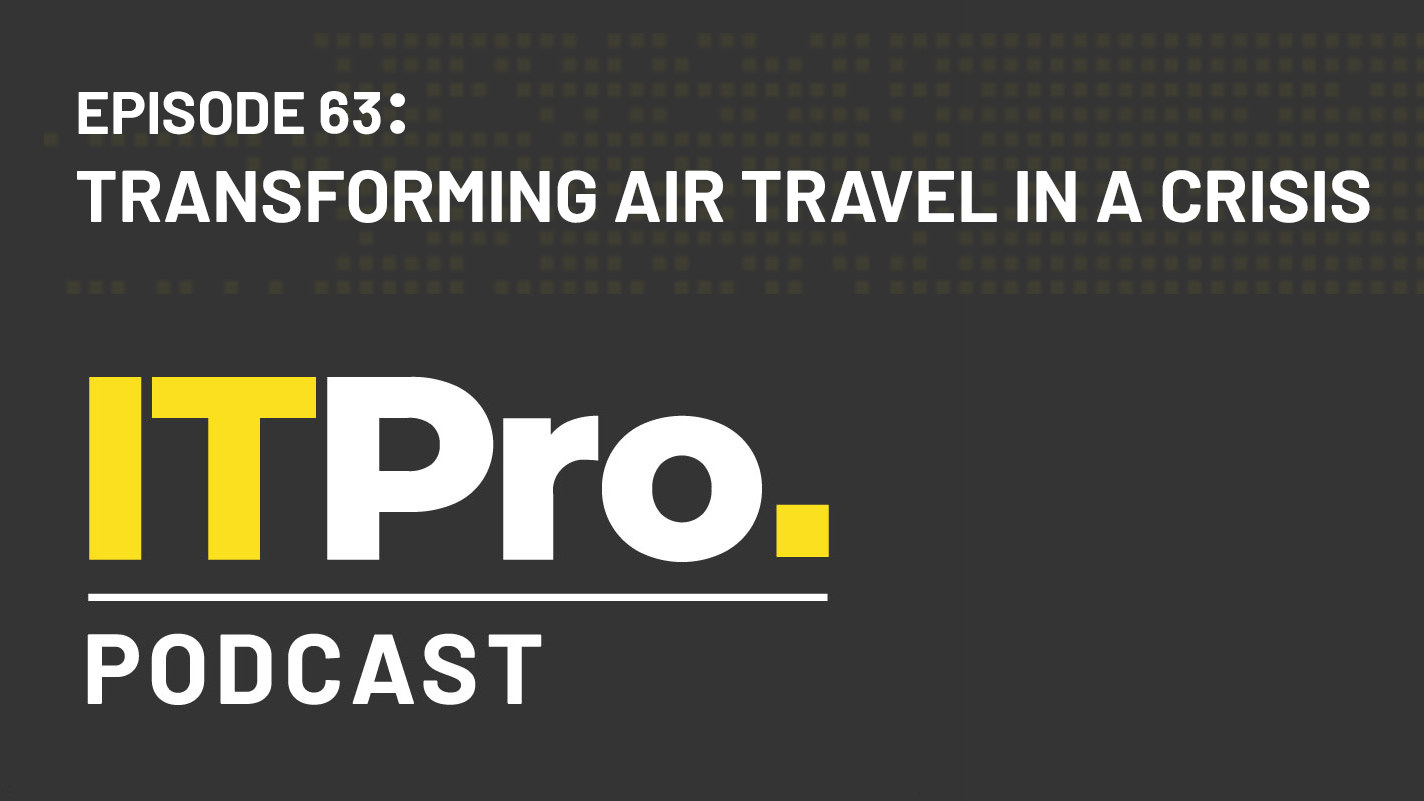 The IT Pro Podcast: Transforming air travel in a crisis
The IT Pro Podcast: Transforming air travel in a crisisIT Pro Podcast How the airline industry is using the pandemic to transform its IT
By IT Pro
-
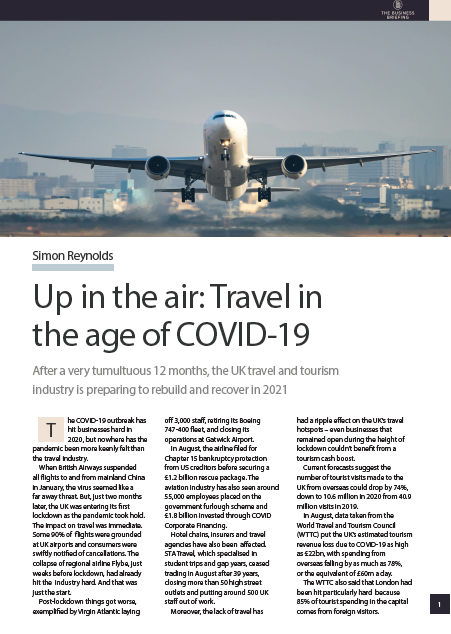 Up in the air: Travel in the age of COVID-19
Up in the air: Travel in the age of COVID-19Whitepapers Sample our exclusive Business Briefing content
By ITPro
-
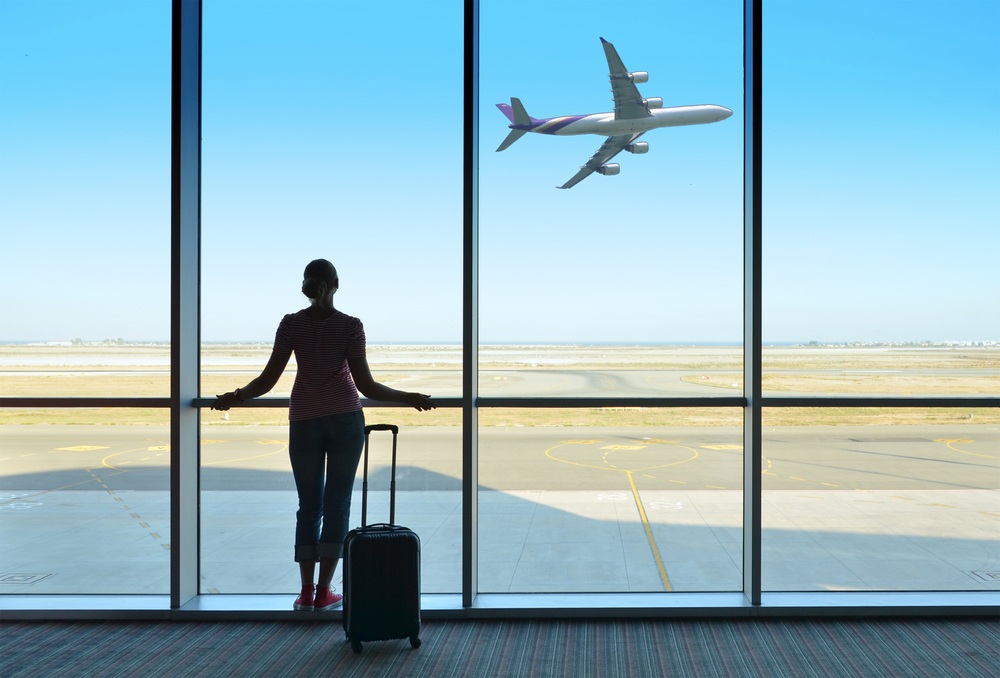 How to manage your work/life balance when away on business
How to manage your work/life balance when away on businessIn-depth Nothing messes with 'you time' more than business travel, but here are a few things you can do to maintain your work/life balance
By Bobby Hellard
-
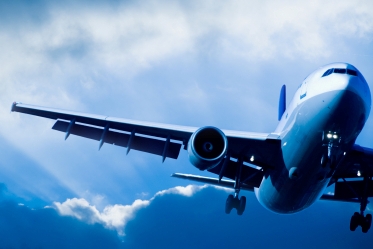 Airport check-in delays caused by 'network issue'
Airport check-in delays caused by 'network issue'News Spanish software giant Amadeus's outage plagues airlines around the world
By Joe Curtis
-
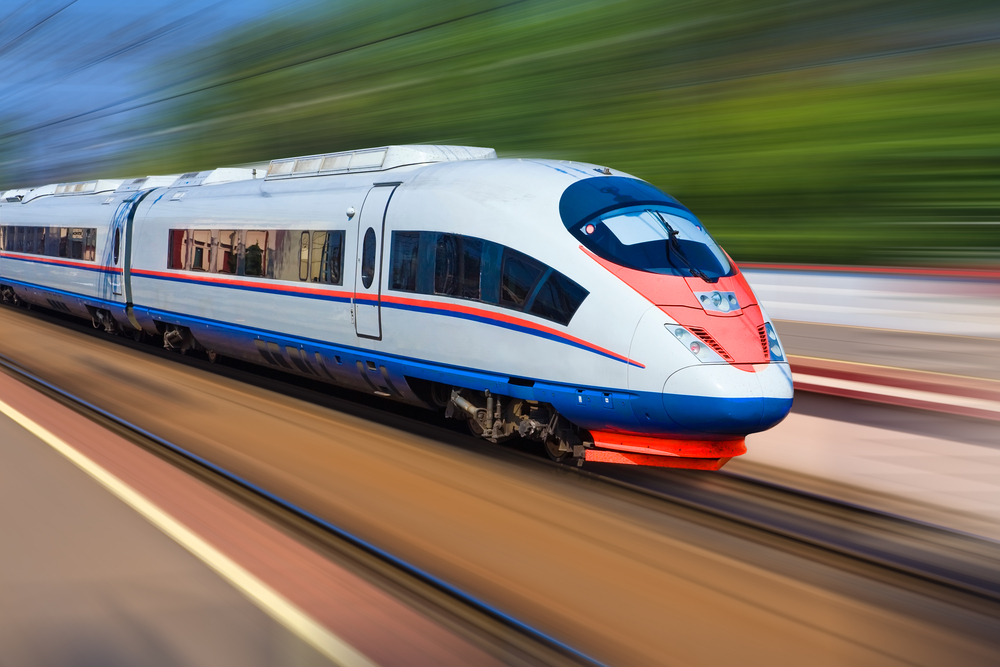 Cisco wants to put superfast Wi-Fi on trains
Cisco wants to put superfast Wi-Fi on trainsNews ScotRail will trial 300Mbps on-board internet until March 2018
By Clare Hopping
-
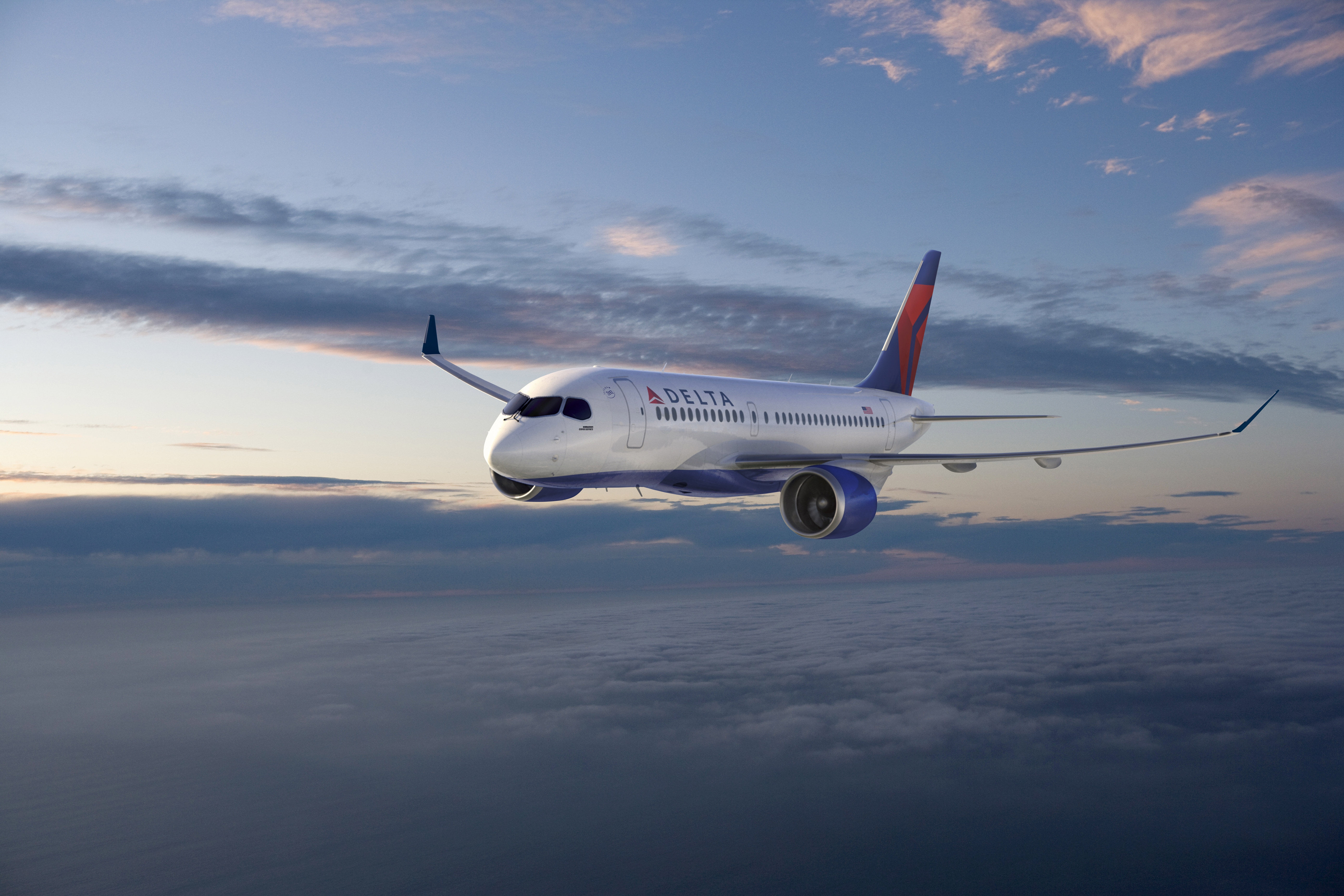 Delta CEO apologises to customers following systems meltdown
Delta CEO apologises to customers following systems meltdownNews A power outage was to blame for flight cancellations
By Joe Curtis